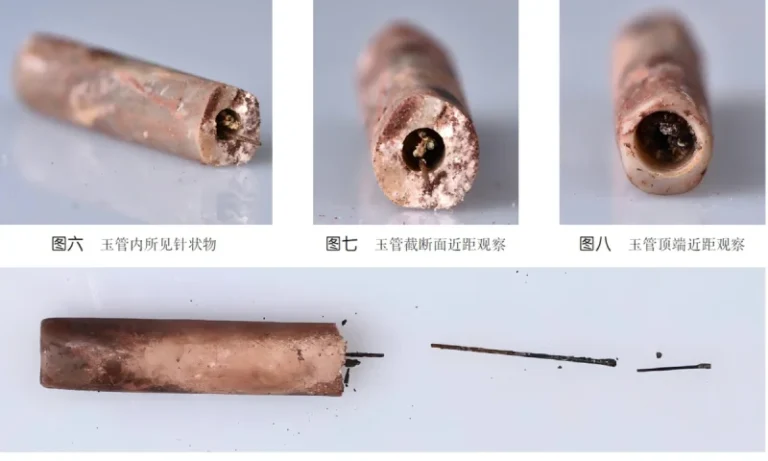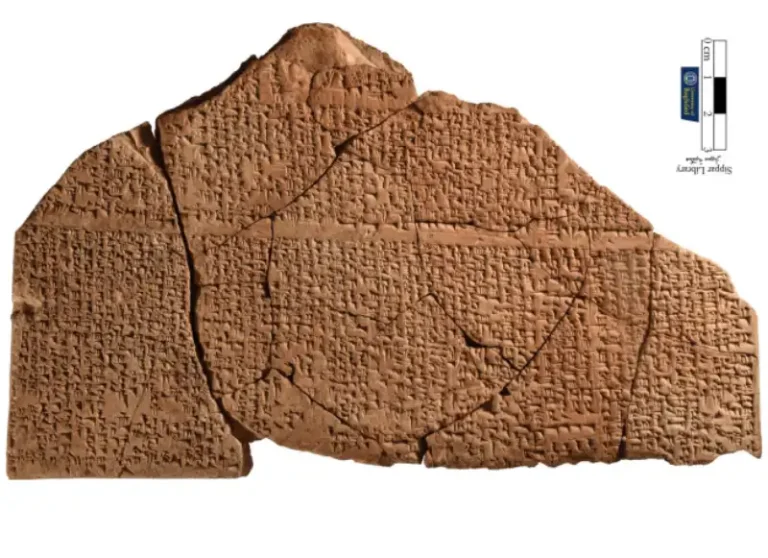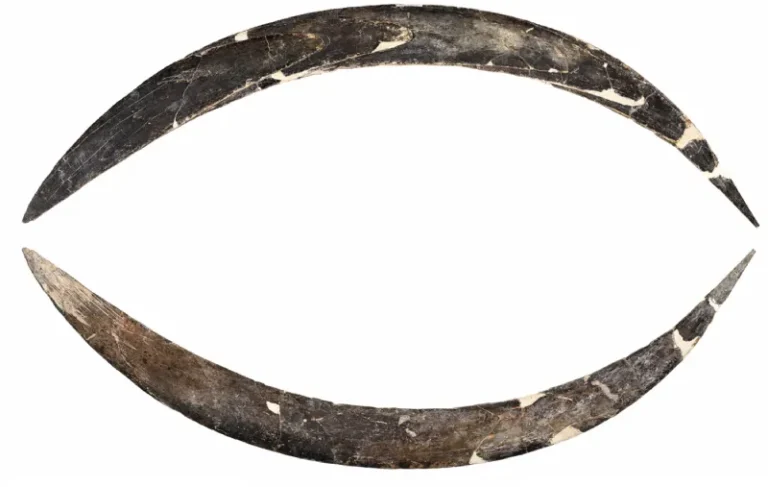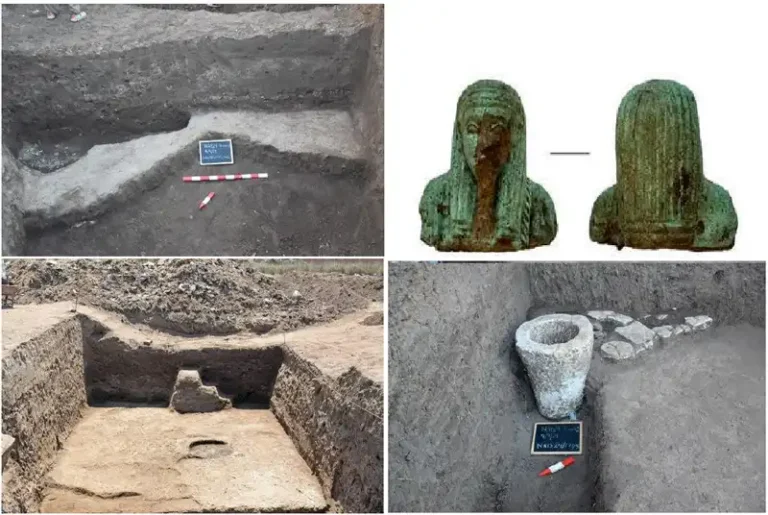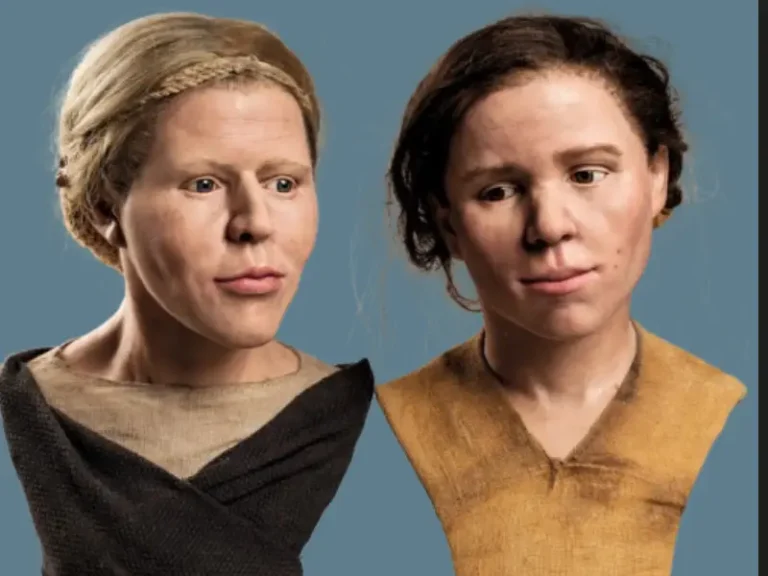2,000-year-old gold jewelry discovered in Kazakhstan

Recent archaeological discoveries in southern Kazakhstan have shed new light on the little-known Kangju state, a federation of nomadic peoples that ruled the region from the 5th century BC to the 4th century AD. Burial mounds dating back around 2,000 years have yielded a trove of remarkable artifacts, pointing to the Kangju’s highly developed craftsmanship and far-reaching trade connections across the ancient world.
Among the most striking finds is an ornate bronze mirror believed to have originated from Han dynasty China. Circular in shape with an eight-sided arched design on the back and a hole for a thread, these mirrors were highly prized luxury items that traveled along trade routes stretching from China to Rome. The discovery of such an item in Kazakhstan indicates the wealth and status of the woman buried with it.
But the mirror was far from the only treasure unearthed. The burial mound also contained a Roman-style brooch, a variety of beads, a pottery jug, a shoe, a belt buckle, an arrowhead for bird hunting, and two exquisite gold earrings dating to the 1st century BC. These earrings, fashioned from a colorful gold alloy inlaid with turquoise and rubies, are masterpieces of ancient jewelry craftsmanship.
Their crescent shape represents the moon, while dangling decorations depict clusters of grapes designed to catch the sunlight. Such ornate pieces speak volumes about the Kangju kingdom’s luxury goods trade and the prosperity of its elite members.

According to Aleksandr Podushkin, the archaeologist leading the excavation team, the Kangju state was a diverse federation encompassing various nomadic groups like the Sarmatians, Xiongnu, and Saki peoples. Its cities along the Great Silk Road trade routes connecting China to the Mediterranean world allowed it to establish diplomatic ties and commercial relationships across the ancient world.
The artifacts’ diverse styles and provenance reflect these global interactions. In addition to the Chinese mirror and local jewelry, the Roman brooch points to contacts with the far-off Empire. Scholars believe the Kangju likely traded luxury goods, such as silk, with both the Han Dynasty and Rome in exchange for other precious commodities.
While relatively unknown today, the Kangju kingdom appears to have been a flourishing, cosmopolitan society. Its control over key stretches of the Silk Road arteries facilitated an influx of exotic imports from across Eurasia, which the society’s skilled artisans incorporated into their own unique cultural traditions.
These latest finds lend crucial insights into the Kangju’s role as a hub connecting the major civilizations of antiquity through trade, diplomacy, and cultural exchange. The artifacts’ final destination – going on display at Kazakhstan’s National Museum – will allow modern audiences to glimpse this fascinating ancient crossroads society.
For archaeologists, the discoveries open up new avenues for investigating the Kangju kingdom’s rise and fall, as well as its interactions with the great powers of Han China, Imperial Rome, and the Kushan Empire. There is likely much more still to uncover about this pivotal, if underexplored, piece of world history.

